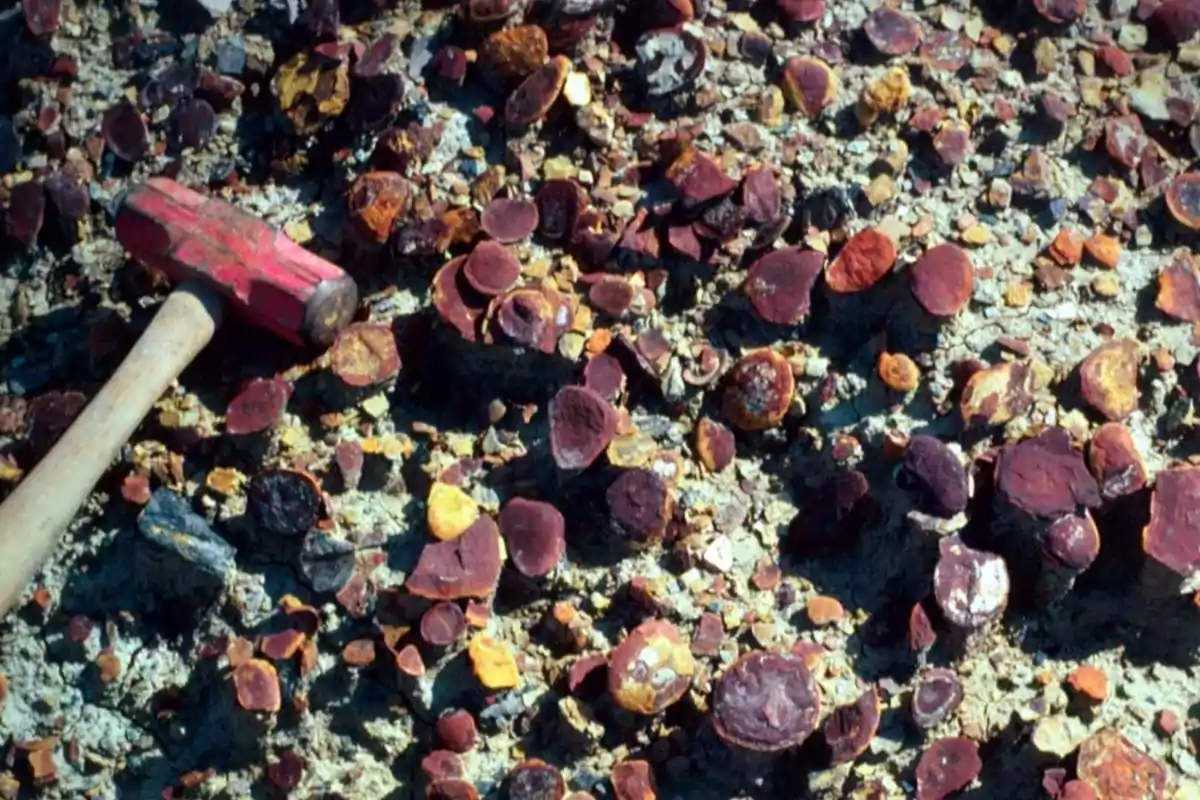
An analysis of nearly 300,000 fossils is changing what we know about Mazon Crew
A study of nearly 300,000 fossils from Mazon Creek reveals three coastal ecosystems from the Carboniferous period and redefines their exceptional preservation
A reanalysis of 283,821 fossil-bearing nodules from the Mazon Creek deposit in Illinois redraws the map of this classic site—from two broad fossil groupings to three distinct ancient environments spanning shore to sea. The work helps explain why soft-bodied animals at Mazon Creek were preserved so exceptionally well more than 300 million years ago.
Why Mazon Creek matters
Mazon Creek (pronounced “muh-ZAHN”) is one of North America’s richest windows into the late Carboniferous, preserving delicate tissues inside iron-carbonate (siderite) concretions. The site captures nearly 800 species across plants and animals, offering a rare snapshot of coastal ecosystems from about 310 million years ago.
Refining where those organisms lived and how they fossilized, sharpens the picture of biodiversity and food webs along an ancient delta.
How researchers analyzed 283,821 concretions
Led by the University of Missouri’s Jim Schiffbauer and longtime Mazon Creek researcher Gordon Baird, the team applied modern statistical analyses to nearly 300,000 concretions collected from more than 270 localities.
Much of the material traces to Baird’s Field Museum collection, which totals about 300,000 concretions from roughly 350 sites, according to the university. “We found three readily identifiable paleoenvironments,” said Schiffbauer, whose group also used advanced imaging at Missouri’s X-ray Microanalysis Core.
Three fossil ecosystems, one coastline
The new analysis confirms a nearshore Braidwood assemblage with freshwater organisms and washed-in terrestrial life. It also divides the classic Essex assemblage into two marine communities: a Will-Essex zone marking the transition from shore to offshore and dominated by bottom-dwelling clams and traces, and a farther-off Kankakee-Essex zone rich in cnidarians such as jellyfish and sea anemones.
In other words, the fossils record three ancient worlds—freshwater nearshore, a transitional seafloor, and offshore waters arrayed across a drowning Carboniferous coastline.
Preservation clues in concretion records
Taphonomy the path from carcass to fossil differs across the zones. The authors propose that tougher tissues in Braidwood organisms were rapidly buried, favoring more complete preservation, while Essex organisms with softer tissues lingered longer before burial, allowing more decay. Supporting that idea, the marine Essex sites yield a higher share of blank (non-fossiliferous) concretions than the Braidwood sites.
Carboniferous context and sea-level rise
The new three-part model extends decades of work that distinguished Braidwood (terrestrial and freshwater influence) from Essex (marine). By naming two Essex sub-assemblages Will-Essex and Kankakee-Essex the study ties fossil communities more tightly to changes in water depth and distance from shore during a phase of sea-level rise.
“The different environments affected how quickly and deeply organisms were buried,” Schiffbauer said, a key step in kick-starting mineral growth around soft tissues.
What comes next for Mazon Creek
The team is building a sedimentological model to connect Mazon Creek’s fossil-rich layers to the underlying Colchester Coal, where mining first exposed many of the nodules. That framework could help decode other midcontinent coal basins shaped by abrupt coastal flooding.
As Baird put it, “multiple episodes of rapid coastal drowning events occurred in the U.S. midcontinent,” and refining Mazon Creek improves how similar deposits are read elsewhere.
The study is published in Paleobiology.
More posts: